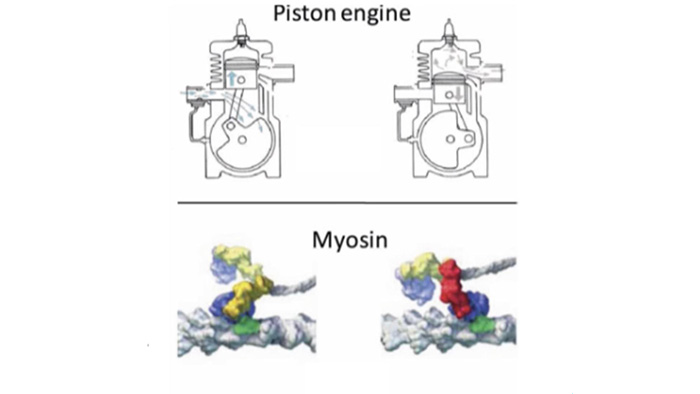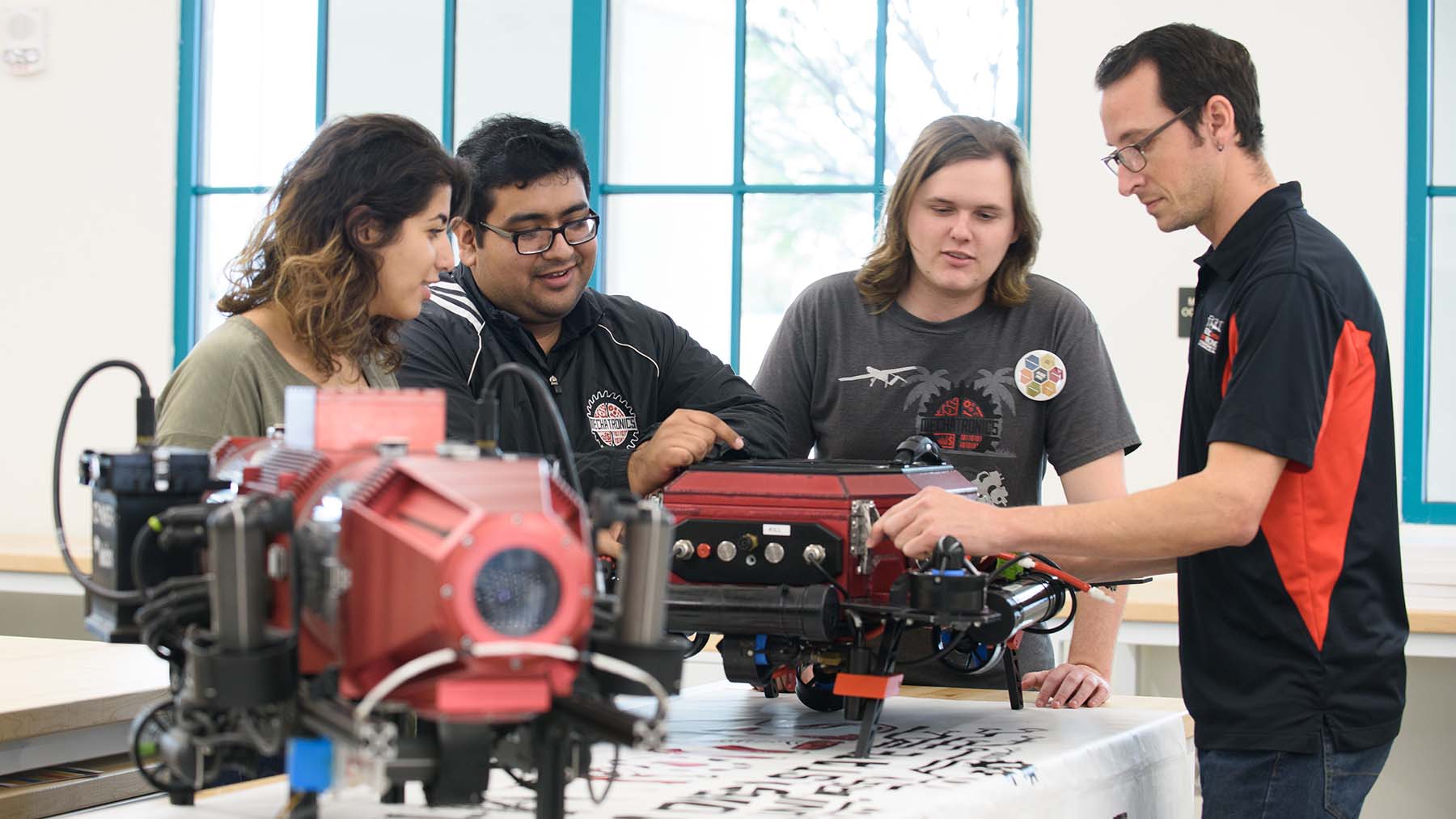Dr. Kaitra Awarded $195k from the DoD Army Research Office
December 4, 2022

In 2002, J. Marden and L. Allen from Pennsylvania State University showed that the force output of motors, irrespective of their design, mechanism of action, size or origin (natural/biological or synthetic/engineered) followed one of two very specific relationships with the mass of the motor – force output = 887∙mass2/3 for motors generating a constant, translational force, and force output = 55∙mass for motors generating a non-steady cyclical force. Simply put, over millennia of natural evolution and the centuries of human engineering, the force to mass relationship is very tightly maintained in motors and that higher force output has always been accompanied by an equivalent increase in the mass of the motor. Dr. Katira has been awarded $195k from the DoD Army Research Office to identify the mechanical and/or thermodynamic origins of this “Universal Performance Characteristic” of Motors. The award is part of a larger grant to Columbia University, New York with whom Dr. Katira will be collaborating. Dr. Katira will be working with experimental researchers at Columbia University on analyzing design elements common to motors ranging from the nano (10-9 m) to the macro scale (101 m) scales that make them follow this tight “Force Production to Mass” constraint. The understanding of this relationship is critical, if we ever aim to build tiny machines that can generate extremely large forces. Currently, two ME undergraduate students, Olivia Orren and Courtney Earley are working on this project with Dr. Katira. They are analyzing similarities between the tiny molecular motors called myosin, that drive muscle contraction in humans, and a two stroke IC engine to see what could potentially constrain both of these motors, made of completely different materials and powering mechanisms, to the same force vs mass constraint.


